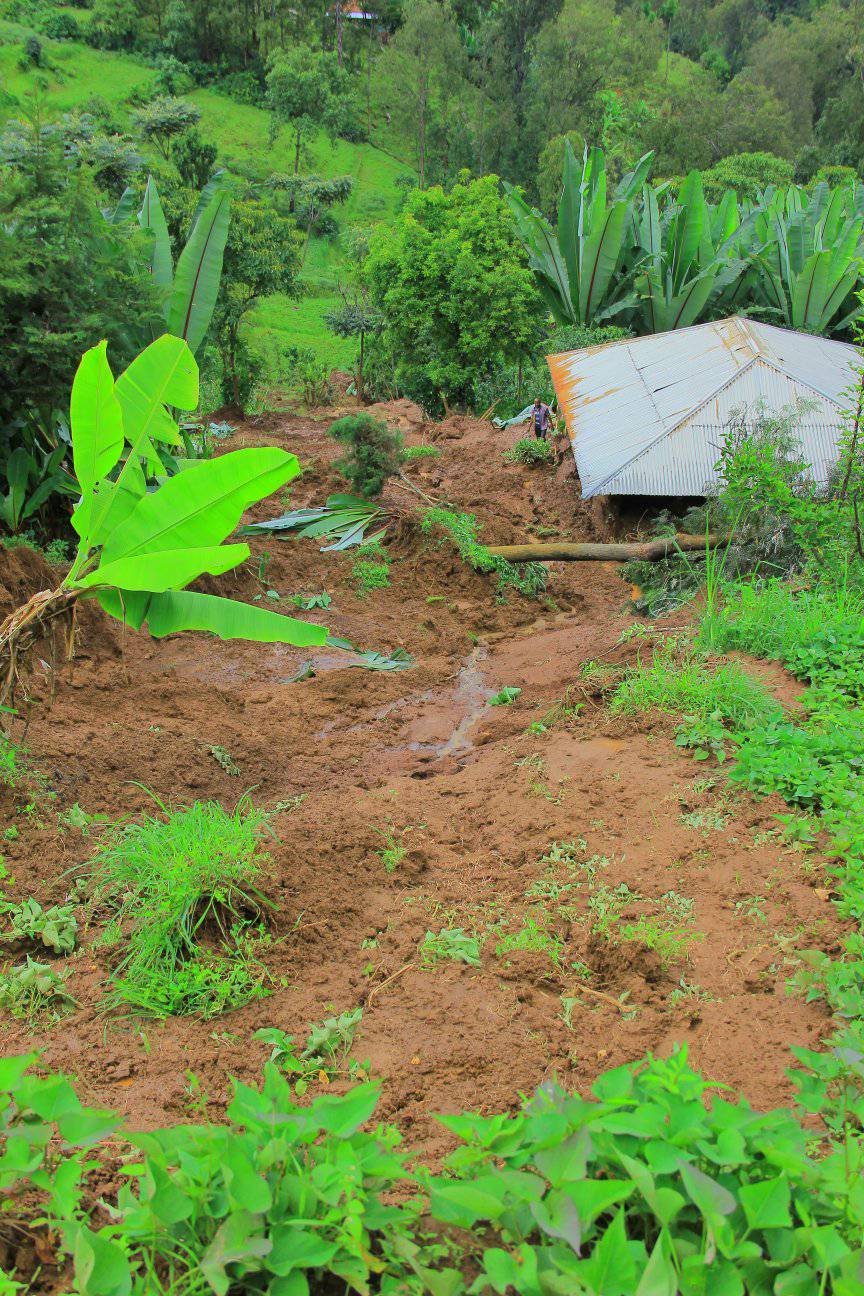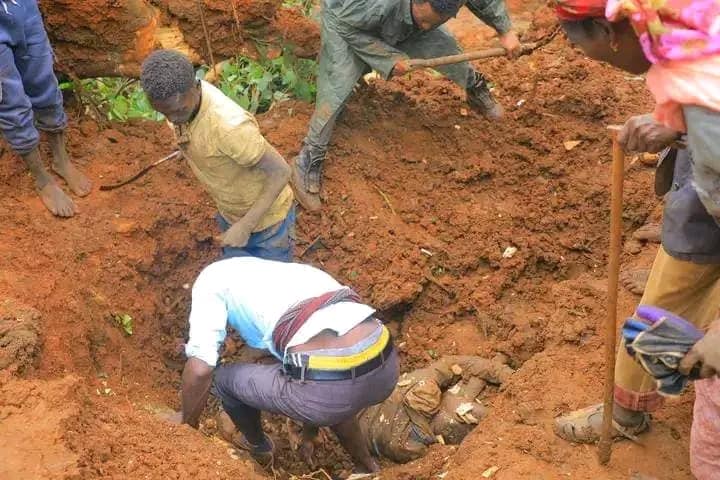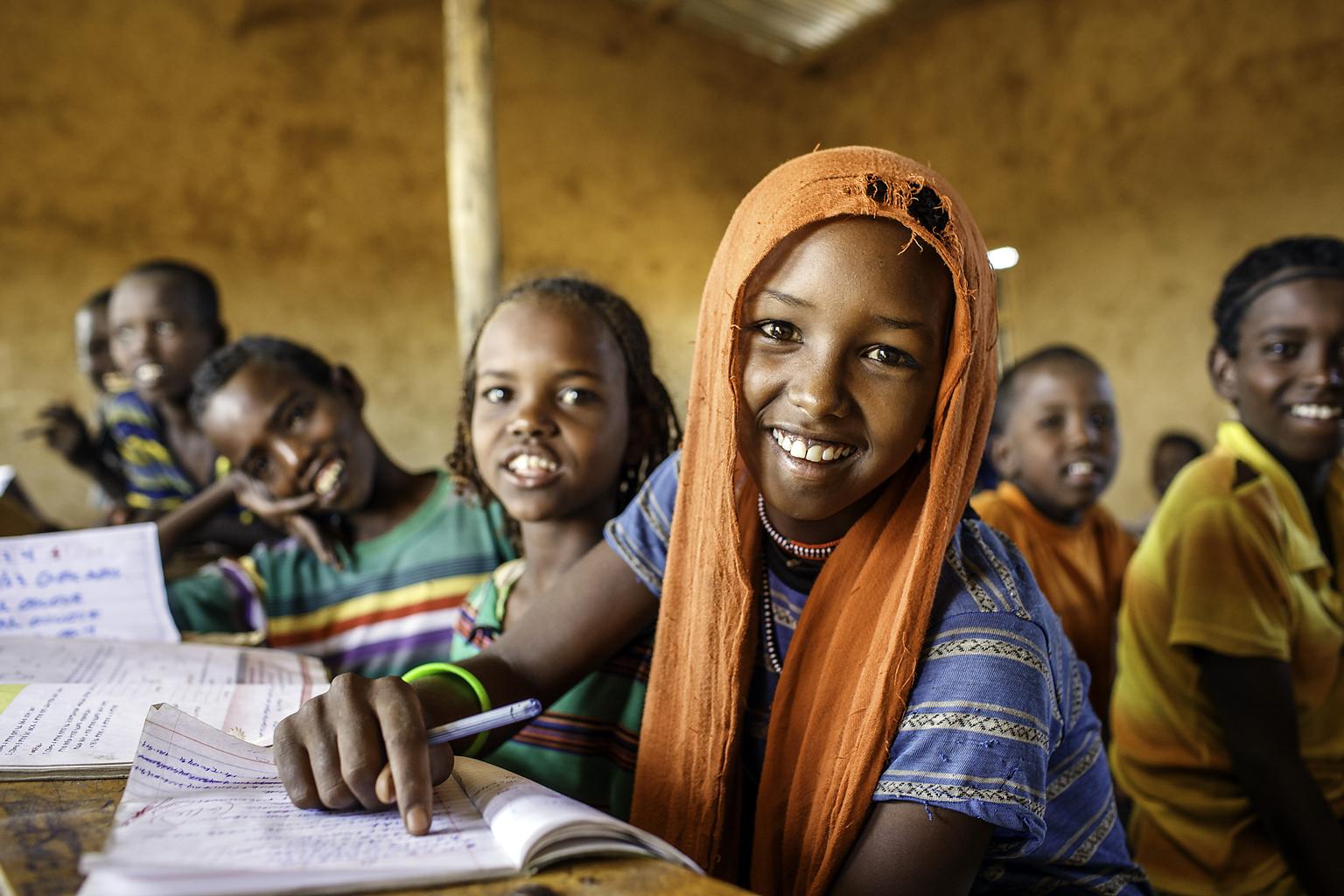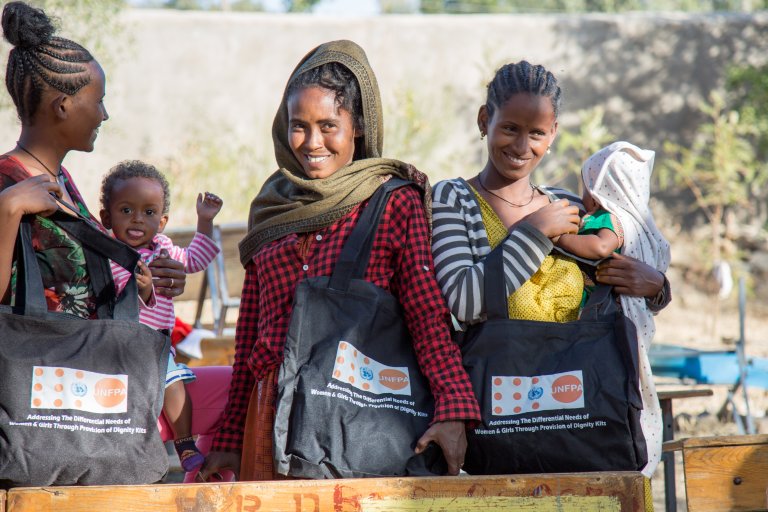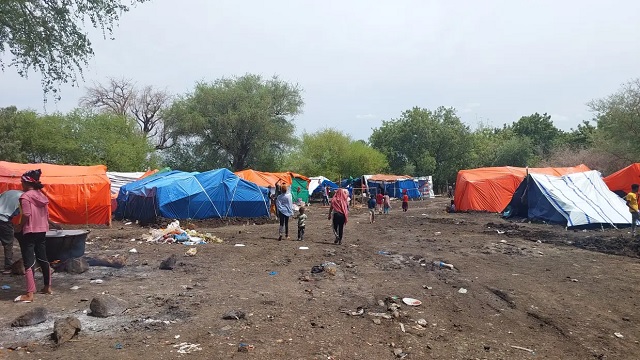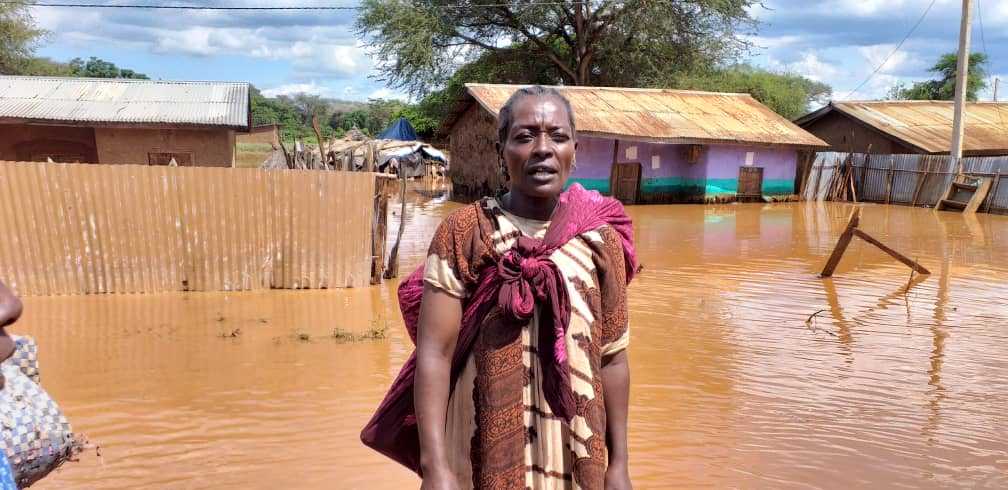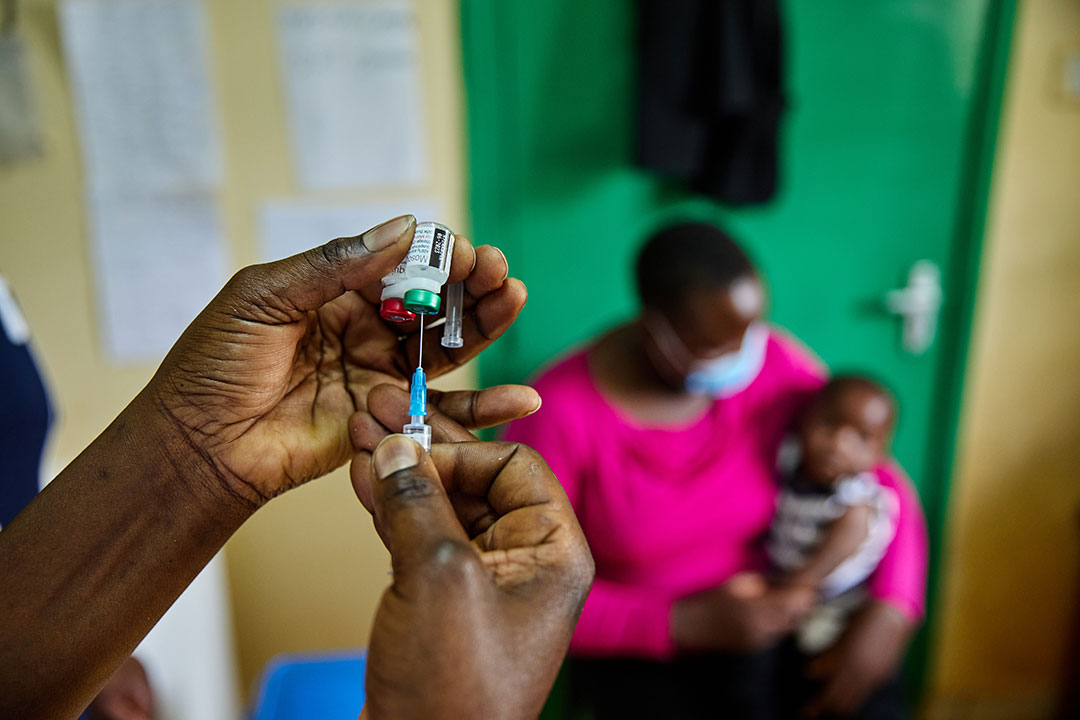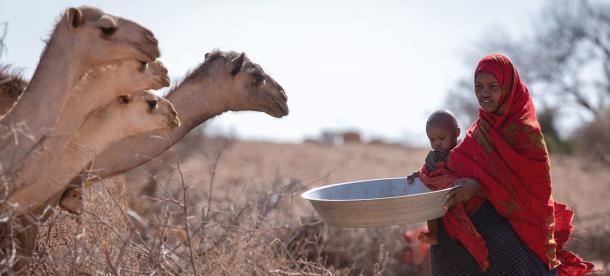
By Habtamu Worku
ADDIS ABABA: December 18 (EI) – The UN Food and Agriculture Organization (FAO) and the Ethiopian government have called for concerted efforts to contend recently worsening Desert Locust- inflicted food loss in Ethiopia and neighboring countries.
The latest call was made by FAO, emphasizing that the “rapid incursion of the desert locust across many regions of Ethiopia has already resulted in significant losses on croplands and jeopardized the livelihoods of smallholder farmers that depend on crops and livestock.”
FAO also stressed that “unless early and sustained measures are taken to control the Desert Locust invasion in Ethiopia and Somalia, the pest will spread to other Eastern African nations, including Djibouti, Eritrea, Kenya, South Sudan, and Sudan.”
According to figures from FAO, eastern Africa, which is already home to 50 percent of Africa’s food-insecure people, will be “greatly affected” unless countries in the region control the spread of the desert locust infestation in collaboration with international and continental partners.
The Desert Locust, which is considered as the “most dangerous of the nearly one dozen species of locusts,” is a major food security peril in desert areas across 20 countries stretching from West Africa all the way to India, covering nearly 16 million square-km.
The Ethiopian Ministry of Agriculture had also recently warned over the potential impact of Desert Locust summer breeding on the East African country’s agricultural production.
“There is a need to exert more efforts to combat the existing high probability of Desert Locust summer breeding, which spreads to parts of Ethiopia from its neighboring countries,” Alemayehu Birhanu, Public Relations Director at the ministry told state-media outlets recently.
According to Alemayehu, the Desert Locust, which migrated from Somalia and Yemen, has been spotted across different parts of Ethiopia’s six major regional states.
The ministry, which recently received Desert Locust summer breeding caution from FAO, has been collecting data from the ground on the status of Desert Locust in parts of the country, it was noted.
Recent figures from FAO also revealed that “substantial crop losses” have already occurred in the Amhara and Tigray regions of Ethiopia, as young locust hopper bands covered nearly 430 square-km, consuming in excess of 1.3 million metric tonnes of vegetation over a two-month period.
The desert locust, which migrated from Yemen and Somalia, has swarmed grazing and croplands in Ethiopia, affecting at least six of Ethiopia’s total nine regions, including the country’s major crop-producing regions such as the Amhara, Oromia, Tigray, Dire-Dawa, Afar, as well as the Somali regional states.
According to FAO, the formation of hopper bands is also presently ongoing in the rangelands of Ethiopia’s Somali region, and massive new swarms are expected to arrive from Yemen and Somalia to the East African country.
On Monday, David Phiri, FAO Sub-regional Coordinator for Eastern Africa and Representative to the African Union (AU) and UN Economic Commission for Africa (UNECA), warned that “the locust is making the already bad food security situation worse in the region.”
“The Desert Locust infestation might lead to a considerable drop in agricultural production, and would further exacerbate the existing dire food insecurity and malnutrition in the region,” FAO statement quoted Phiri as saying on Monday.
“As the weather seems favorable for the locust breading, there is a high probability that the locust will continue to breed until March-April 2020, with a high probability of spreading to other eastern African nations,” Phiri added.
FAO also called on development partners to support the ongoing efforts of national governments and relevant institutions, including the Desert Locust Control Organization for East Africa (DLCO-EA), to scale up their operations to prevent the potential disaster posed by the dangerous pest.
Secretary of FAO’s Commission for Controlling Desert Locust in the Central Region, Mamoon Al Alawi, also stressed after visiting some of the affected areas in the region that the desert locust situation “remains a serious concern for FAO and national governments” in the region.
The UN has been also recently warning over a higher risk that the locust will spread and ignite significant havoc to Ethiopia’s neighboring countries, mainly Eritrea, Kenya, Somalia, and Sudan.
Photo – FAO









